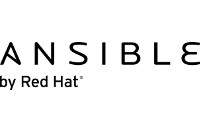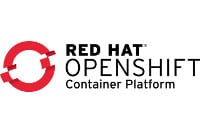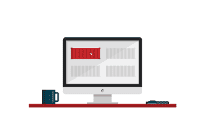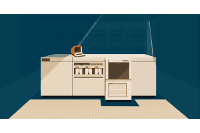Red Hat’s Friday Five — April 14, 2017
The Friday Five is a weekly Red Hat® blog post with 5 of the week’s top news items and ideas from or about Red Hat and the technology industry. Consider it your weekly digest of things that caught our eye.

IN THE NEWS:
CRN – Red Hat CEO Whitehurst On Soaring Stock Success, Open-Source Technologies And Being The ‘Last Man Standing’ In OpenStack
Red Hat, in many ways, is the last man standing. We said in early days that OpenStack is so deeply tied to the operating system that you need an operating system vendor to be able to deliver that, and I think that’s what you’re seeing now. We’ve said that three of four $20-plus million deals this past quarter were OpenStack so we’re starting to see some real traction there. We have over 500 customers of material size running OpenStack. However, we’re in the trough of disillusionment a little bit. I think the vendors all got on board too early in OpenStack and so people wanted to try to deliver OpenStack out to customers because they didn’t want to be late. People were delivering things that just weren’t mature enough. And you can’t stop that, it’s open source. But now you have a [Red Hat] distribution that everyone can certify to. It becomes much easier to put it into production use and so we’re seeing a significant uptick now in OpenStack. All these new innovations, big data, microservices, machine learning, they all happen on a Linux platform. Containers are Linux containers. OpenStack is a Linux component. And Red Hat is the leader in that.


IN THE NEWS:
Red Hat Delivers Advanced Network Automation with Latest Version of Ansible
Red Hat announced the general availability of Ansible 2.3, the latest version of the leading simple, powerful, and agentless open source IT automation framework. The upstream Ansible project is one of the most popular open source automation projects on GitHub with an active and engaged community. Ansible 2.3 provides performance enhancements and advanced networking capabilities, including adding connection methods designed to increase flexibility and improve performance.


IN THE NEWS:
Red Hat Brings Kubernetes to New Application Workloads with Latest Version of Red Hat OpenShift Container Platform
Red Hat announced the general availability of Red Hat OpenShift Container Platform 3.5, the latest version of
Red Hat’s enterprise-grade, Kubernetes-native container application platform. While enabling enterprises like Swiss Railways, Produban and Pioneer to actively embrace cloud-native applications in mission-critical roles, Red Hat OpenShift Container Platform 3.5 also helps enterprises retain existing IT investments through expanded support for traditional business applications. This dual application support is provided by new security enhancements as well as several innovations emerging from the Kubernetes upstream community.


Ultimately, containers are a feature of Linux. Containers have been a part of the Linux operating system for more than a decade, and go back even further in UNIX. That’s why, despite the very recent introduction of Windows containers, the majority of containers we see are in fact Linux containers. That also means that if you’re deploying containers, your Linux choices matter a lot. Ultimately, organizations who are adopting containers for their production applications need to know that their containers run reliably. Whether it is questions about security, performance, scalability, or quality in general – the reliability of your containers has a lot to do with the reliability of the Linux distribution it runs on and the vendor that stands behind it. As more and more organizations deploy containers for their own mission-critical applications, they need to ask the same questions of their container platform vendor as they do their Linux vendor. Is this vendor’s platform reliable? How secure is it? Will it scale? And ultimately, can I trust it for my most important applications? Your container platform vendor and your Linux vendor are in fact one and the same.


CHECK IT OUT:
Open Source Stories – Origins: AI and Open Source
Learn how a conversation between two artificial intelligence (AI) researchers about a faulty printer led to the movement that would change how software was developed. Article 2 of Red Hat’s ongoing series, AI Revolutionaries, looks back at the history of MIT’s AI Lab and chronicles how its hacker ethos served as the foundation for what would become open source.
